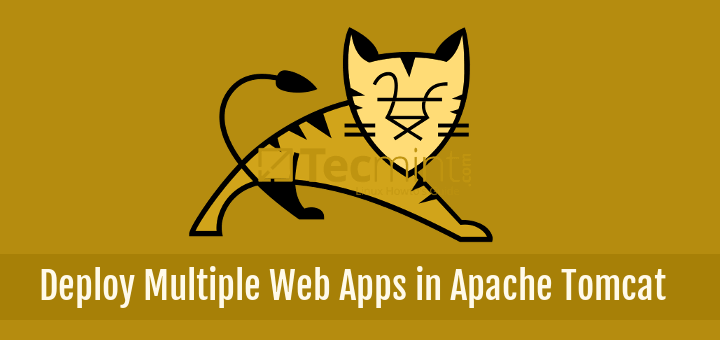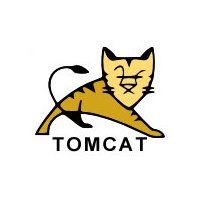
HTTP is a pull protocol, a client pulls a page from the server (instead of server pushes pages to the clients).The server then returns a response message to the client. A client sends a request message to the server. HTTP is an asynchronous request-response application-layer protocol.The default port number assigned to HTTP is TCP port 80.

The IP provides support for routing and addressing (via an unique IP address for machines on the Internet) while TCP supports multiplexing via 64K ports from port number 0 to 65535.

HTTP Client (or Web Browser): E.g., Internet Explorer (MSIE), FireFox, Chrome, Safari, and others.HTTP Server: E.g., Apache HTTP Server, Apache Tomcat Server, Microsoft Internet Information Server (IIS), nginx, Google Web Server (GWS), and others.Examples of webapps are google, amazon, ebay, facebook and twitter.Ī webapp is typically a 3-tier (or multi-tier) client-server database application run over the Internet as illustrated in the diagram below. Introduction 1.1 Web Application (Webapp)Ī web application (or webapp), unlike standalone application, runs over the Internet.

You can check your JDK version via command " javac -version". If your JDK is below 1.7, upgrade it (See JDK How-To). Take note that Tomcat 8 requires JDK 1.7. This installation and configuration guide is applicable to Tomcat 7 and 8, and possibly the earlier versions. This practical can be completed in a 3-hour session.


 0 kommentar(er)
0 kommentar(er)
